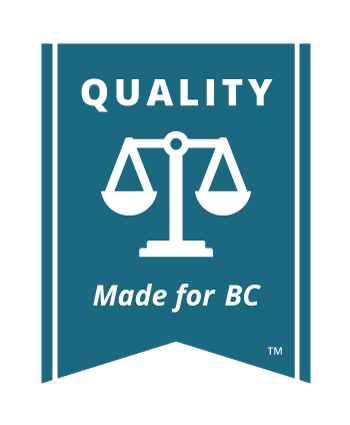This Guidebook provides an outline of how to start or respond to a family law proceeding in the Supreme Court of British Columbia. If you are representing yourself, it is your responsibility to learn the rules and procedures that apply to what you are doing. The rules and procedures are set out in the Supreme Court Family Rules and Practice Directions issued by the court.
NOTE: This Guidebook does not provide legal advice and must not be used as a substitute for the advice that a lawyer may provide. This Guidebook provides general information to help people with matters in the BC Supreme Court.
Family claims in Supreme Court, including claims for divorce, are started with either a Notice of Family Claim or Notice of Joint Family Claim.
Joint and Uncontested Family Claims
If you and your ex have agreed on all legal issues such as child support, parenting arrangement and property division, you can file a Joint Family Claim. The benefit of a joint application is that the process moves along a bit quicker. You can use the Online Divorce Assistant to complete the required documentation or simply fill out the Notice of Joint Family Claim.

DIY Tools
If you are filing for a Joint Divorce, you can use the Online Divorce Assistant through the BC Government.
Either party can file a Notice of Family Claim whether the other agrees to or not. If the respondent does not reply within the required time frame, then the application is uncontested and will proceed without the respondent’s involvement.

Find the Form
To start a family claim, including for divorce, complete the Notice of Family Claim or Notice of Joint Family Claim.
You usually do not have to go to court for uncontested or joint divorce applications. This is sometimes called a “desk order divorce”. Once you have filed your documents with the court, the court clerks and then a judge will look over everything. If you have filled everything out correctly and no information is missing, then a judge can grant you a divorce without you having to go to court.
If you made mistakes in the documents, the court clerk will reject them and send them back to you to fix. Once the court clerk has accepted all the documents, they will send them to the judge for review. If the judge has any concerns, they will not grant a divorce order until you have resolved the problems.
A judge will not grant a divorce unless they are satisfied that any children of the relationship are properly cared for. If you have children, you will need to fill out a Child Support Affidavit and indicate what arrangements have been made for their support. Usually this means one party paying the other child support according to the Child Support Guidelines. There are times when you can pay less than the guidelines amount of child support and still be granted a divorce, but you must convince the judge you fit one of the allowed exceptions.

DIY Tools
Do your own uncontested divorce, Legal Aid BC provides at step by step guide to doing your own divorce

Learn More
Contested Family Claim
If the respondent replies and disagrees with aspects of the application, then you are in a contested family proceeding. You can continue to negotiate and work out an agreement while court proceedings continue. Contested family proceedings can be as simple or as complicated as the parties make them. They can take a long time, be very expensive, and extremely stressful for all involved, especially any children.
See Steps for Contested Family Claims for more information on the process.

Learn More
Legal Aid BC has prepared instructions for how to fill out the documents for family law claims in Supreme Court. You can read more on the Legal Aid BC website.
Filing Fees
Even if you are going to handle all aspects of your case yourself, there are costs to be paid for filing court documents. These are called filing fees. There may be other costs to pay as well, such as payments for Sheriff services and witness fees.

Read the Rules
See the BC Supreme Court fees for more information.







 JusticeEducation.ca
JusticeEducation.ca JusticeEd
JusticeEd /JusticeEducation
/JusticeEducation